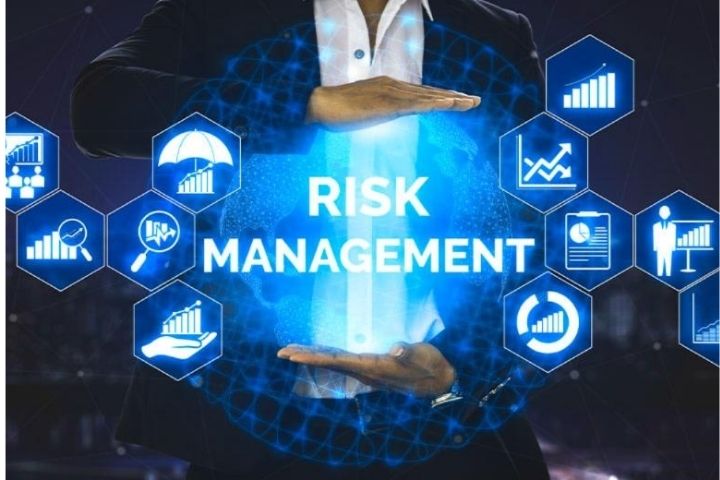Risk management is the process of identifying, assessing and mitigating any risk that affects or is inherent in a company’s business strategy, strategic objectives, and strategy execution.
These risks may include legal and regulatory changes, shifts in consumer demand and preferences, strategic management errors, accidents and natural disasters among many others.
In simple terms, improving risk management at work reduces/curb any risks that might affect an organization’s performance and ensures business continuity at all times.
As organizations continue to innovate and change through the years, the risks that they face change as well, which is why risk management is an essential part of managing successful businesses today.
Here are 5 things you should do to improve risk management at work.
Identify Risks Early-On
Think about risks at the start of every project or task. There are many kinds of risks – legal, environmental, market, regulatory, etc. Consider all these risks and understand how they might impact the organization.
“The best way to manage risk is to attempt to spot it and plan accordingly before it happens”, according to David Rowland, head of marketing at Engage EHS. This is why risk assessment is now so important to a business. By doing this, you can make plans, spot potential risks, and then do everything you can to minimize their impact.
Although there is no way to predict what might happen in the future, strategic risk management helps organizations detect threats early on so that they can respond accordingly. Organizations must nowadays incorporate risk management in their work processes and corporate culture.
Learn To Weigh The Risks
Evaluating and weighing risks is another crucial step in the risk management process. It is essential to determine how these risks can affect the different parts of the business and to understand the seriousness of each risk.
Rank and classify risks as low, moderate and high, and formulate your organization’s action plans accordingly. Consider how fast your company can respond and recover if any of these risk scenarios do happen.
There are risks that have high impact but the low likelihood of happening; but even if there is only a slight possibility, the smart thing to do is to still prepare for the worst. Ranking risks allows you to efficiently plan and allocate your resources depending on your organization’s priorities and risk of exposure.
Involve The Right People
Since risk management affects the whole company, it is essential to involve people from different levels and functions of the organization to ensure that relevant points are heard. Senior executives, operating units, functional leaders and other members of the organization have different perspectives, so having a mix of these people involved when developing a risk management strategy ensures that all sides of the business are covered.
Make sure to establish roles and responsibilities for easier and speedier execution. A risk management plan works best when all parts of the business know the importance of their contribution during a crisis.
Manage Risks
Decide on how you plan to respond to the risks that you have identified and analyzed.
There are many ways on how your organization can manage risks such as the 4Ts model:
- Terminating the Risk – This involves altering processes or practices to eliminate risk completely.
- Transferring the Risk – Passing on the risk management responsibility to an individual, group or third party who can assist in managing the impact of the risk.
- Treating the Risk – Controlling risk through actions that reduce the likelihood of the risk occurring or minimizing its impact prior to it happening.
Tolerating the Risk – No action is taken to mitigate or reduce risk. This may be because the probability and impact of the risk are low or the costs to be involved in managing it are not worth it. However, it should still be monitored.
Monitor And Review Risks
The risks that organizations face change all the time. Market conditions, physical environments, geopolitical situations and many other factors can cause risks to your business activities.
The best way to manage risks is for organizations to monitor and review business risks continuously. Regularly monitor your organization’s exposure so that you will see when new risks emerge and or when risks become less critical. If you are aware of what is going on, you can react quickly when one of the potential risks that you have identified becomes a crisis for your organization.
Holly is part of the content and community team at Specialty Fuel Services – providers of emergency fuel continuation services, in locations affected by catastrophic events.



![Top 10 M4uFree Movie Alternatives | M4uFreeMovie in 2022 [Updated]](https://www.techsplashers.com/wp-content/uploads/2022/03/Top-10-M4uFree-Movie-Alternatives-M4uFreeMovie-in-2022-Updated.jpg)








Leave a Reply